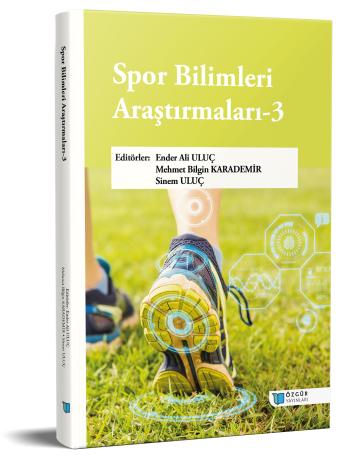
Artificial Intelligence: Historical Evolution, Conceptual Framework, and Societal Reflections
Chapter from the book:
Uluç,
E.
A.
&
Karademir,
M.
B.
&
Uluç,
S.
(eds.)
2025.
Sports Sciences Research 3.
Synopsis
This chapter provides a comprehensive examination of the historical development, conceptual framework, and practical applications of artificial intelligence (AI), with a particular focus on its implications in sports sciences and physical education. Beginning with the early milestones such as Turing's theoretical machine and McCarthy’s coining of the term "artificial intelligence," it traces AI's evolution and integration into various sectors, including healthcare, law, and education. The chapter emphasizes AI’s capabilities to reason, learn, and imitate human intelligence, along with key breakthroughs like Deep Blue, Watson, and AlphaGo, which have challenged human dominance in strategic games. Special attention is given to the application of AI, augmented reality (AR), and virtual reality (VR) technologies in physical education, where these tools enhance student motivation, personalize learning, and support motor skill development. Despite its transformative power, the chapter reveals that AI still faces notable weaknesses and criticisms—particularly in areas such as ethical responsibility, data privacy, employment displacement, overreliance on algorithms, and a lack of human-centered design. These limitations highlight the need for cautious, transparent, and inclusive integration of AI technologies into education and society. The chapter also presents experimental research findings showing both the advantages and limitations of VR/AI-supported physical training. Moreover, it discusses next-generation AI tools like ChatGPT in educational planning and instruction. By combining insights from Turkish and international literature, the chapter offers original contributions to the fields of sports sciences and pedagogy. It concludes by stressing the need for responsible, ethical, and inclusive integration of AI in education, and outlines recommendations for future research and practice.

